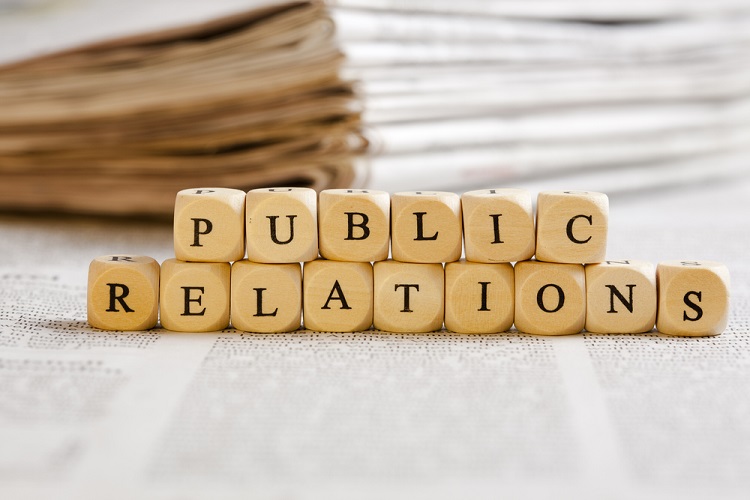What public relations is, and is not
How public relations firms can help your company
Cathie Beck //February 17, 2020//


What public relations is, and is not
How public relations firms can help your company
Cathie Beck //February 17, 2020//

A client asked me a couple months ago (after working with his firm for six months): “What is it that you do, anyway?”
I thought that funny as heck. This man is the president of a very successful and growing company; he’s strategic and smart and his work ethic is like no other. Plus, he had hired our firm to do public relations and, obviously at some point, he realized that he did not understand what we do every day.
Public relations (PR) firms create a favorable public presence between companies and their audiences. We tell companies’ stories in a way that gives their customers a true understanding of the company’s culture and mission and how that company benefits the customer. The goal of PR firms is to shine a favorable and accurate light on companies — what they are about, how they are different and why they are a needed asset.
These efforts can enhance a company’s business-to-business or business-to-consumer relationships. The idea is that: One, no one is going to know about your app, your product, your services or your reputation if someone doesn’t tell them; and two, when you’re succeeding, you deserve to have your story put in front of your most desired audiences.
However, public relations is not advertising. The main difference is that advertising is paid-for advertisement, while public relations is favorable and earned attention. Public relations can manifest in the form of:
- A story written about you and/or your company;
- Engaging social media that consistently builds brand and reputation;
- Website content and presentations that help solidify your brand and creates a strong search engine optimization (SEO) for your company;
- Press releases that share your company’s news;
- eNewsletters distributed to key audiences; and
- Inclusion in media stories already in-the-works in which you are included as an expert.
This Forbes Magazine chart clearly states the differences:

Public relations can also offer additional services to companies and their employees to ensure their public-facing presence suits the brand. This can include media training for certain key employees to feel comfortable in front of a TV camera, a radio microphone or a reporter. Or, perhaps you face a public crisis and you want your customers and the public to know you are responsible, reactionary and caring. PR firms can help with all of this.
Often, companies are competing for market share against competing companies that can easily spend $100,000 on advertising. However, these expensive and broad-based advertising campaigns are often out-of-reach for small- to medium-sized companies. Public relations, on the other hand, is typically far less expensive. Most public relations firms work against a monthly retainer that is a small fraction of what an ad (for the same TV time or print space) costs. Other PR firms get paid by the project.
Plus, because public relations is more editorial in nature, it can bring a higher level of credibility than paid-for advertising in the eyes of a consumer. Being included in a story about avoiding highway construction accidents — if you are a construction firm that builds highways — gives you a perceived-leadership role.
The guiding principle of a great public relations campaign, whether a modest one for a mom-and-pop shop or a far-reaching one for a Fortune 500 company, is the same: Take a company with a good story and make sure their desired audiences know about it.
Public relations is the fun of telling someone else’s great story — and watching that company thrive even more.

























